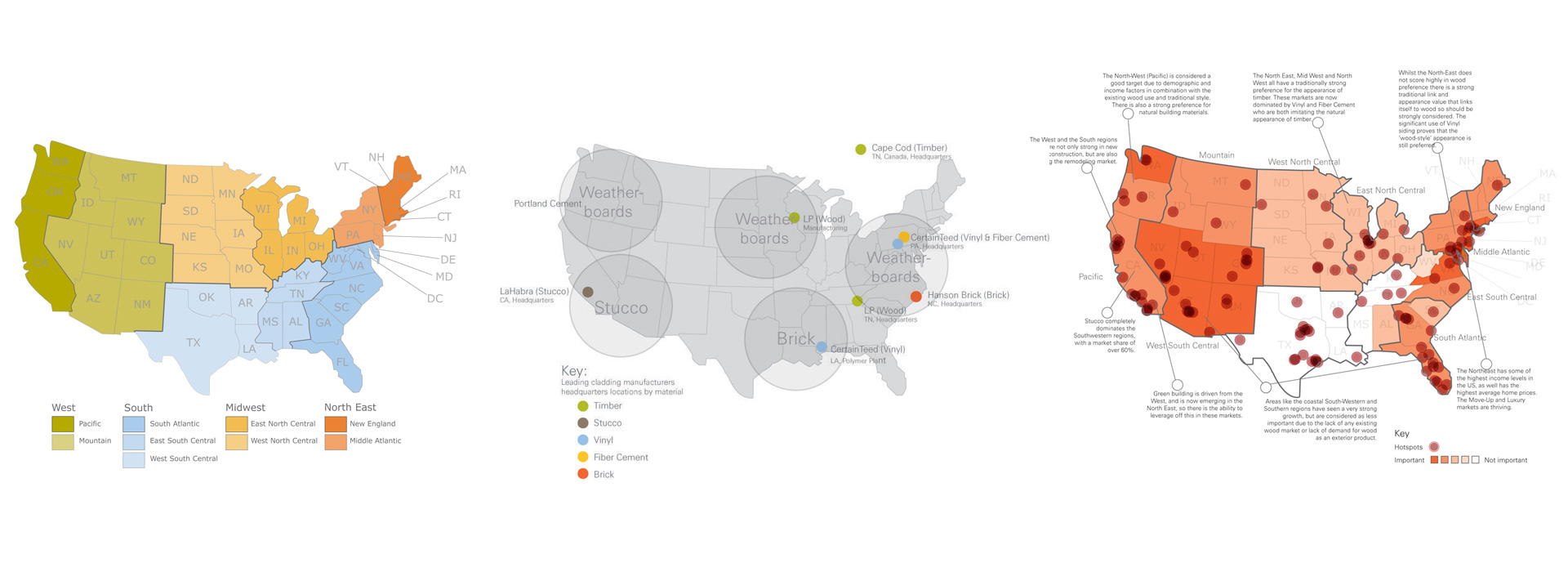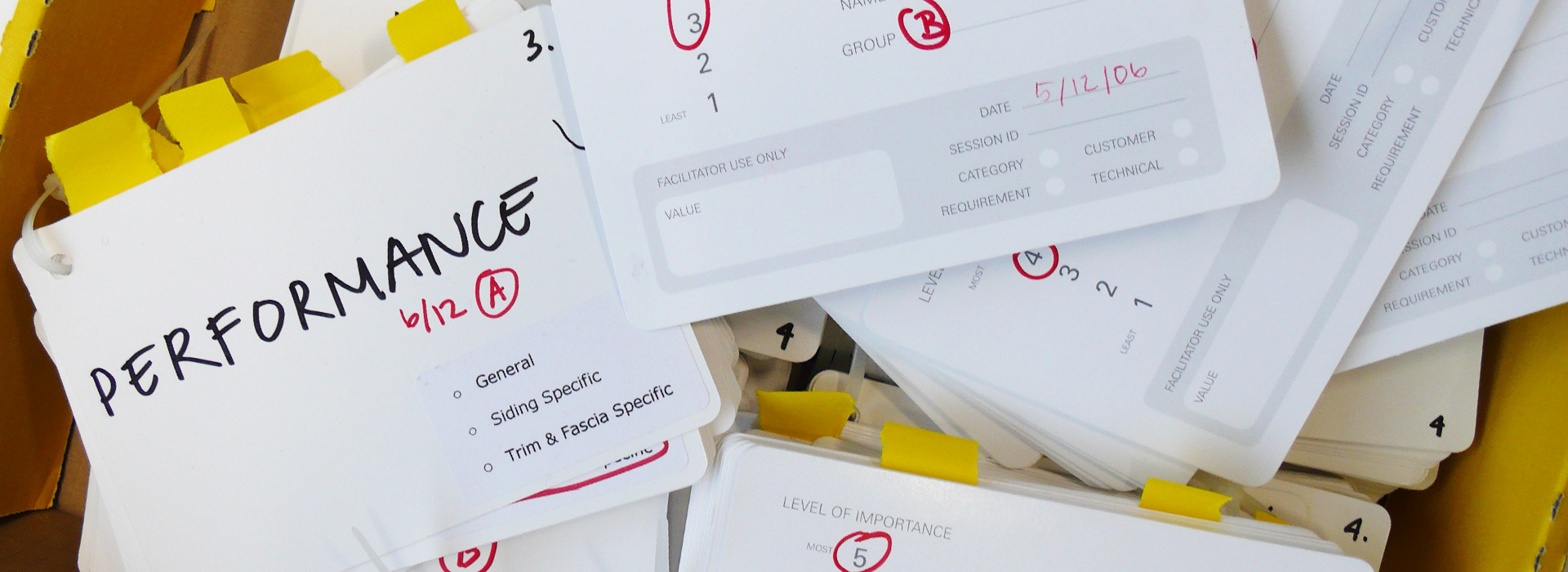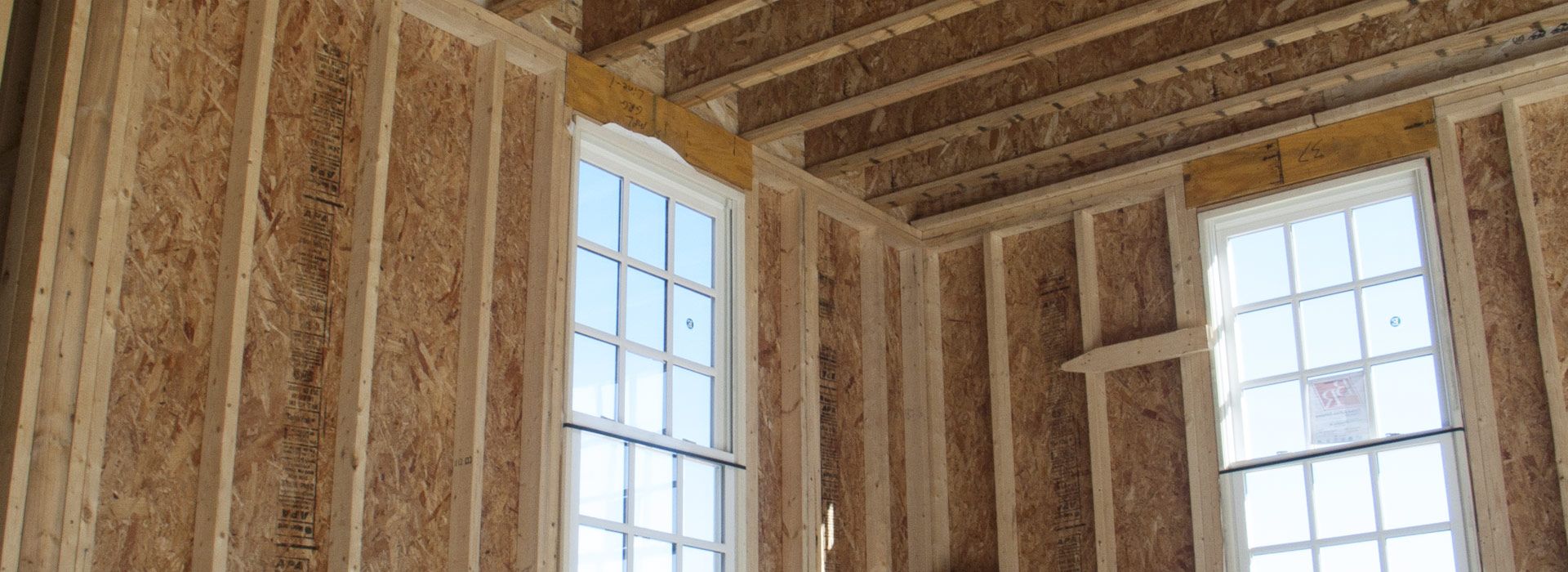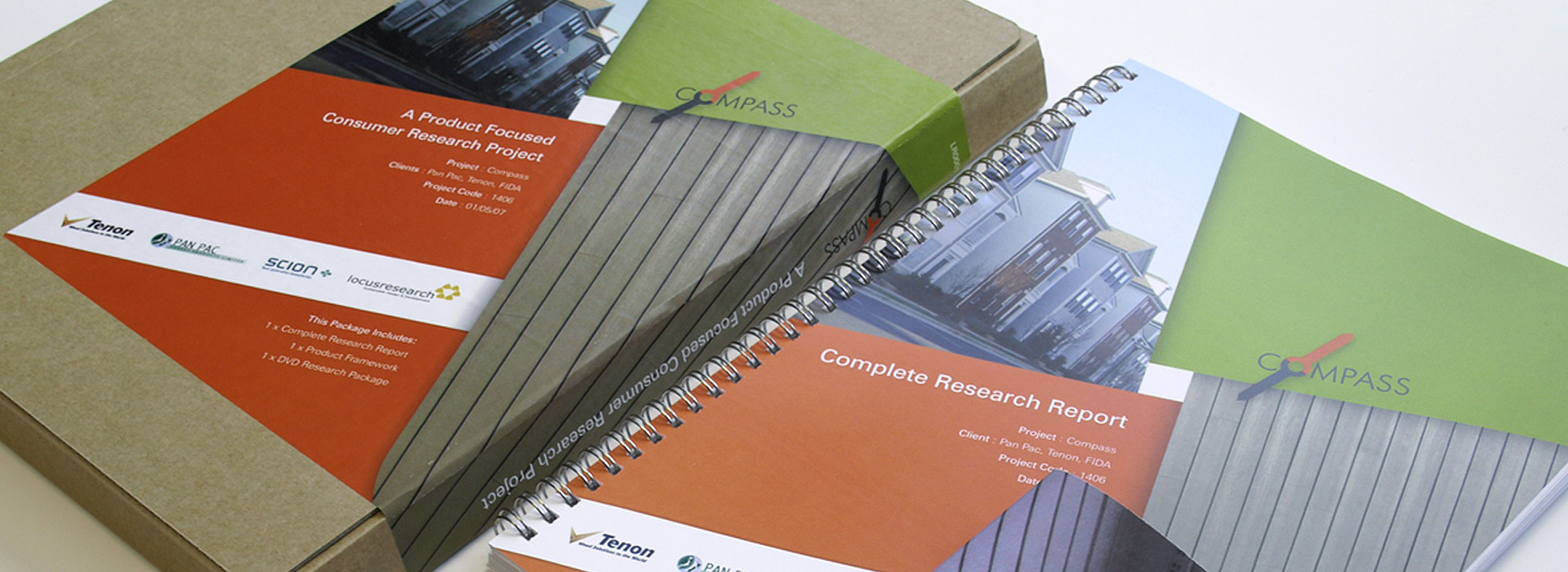Compass – The Value Chain
The quest to break into the American housing market led to a large body of work involving extensive user and market research and solid outcomes previously unseen in the forestry industry.
The Compass project was initiated to explore opportunities for adding value to radiata pine products for the US residential housing market. Specifically, we looked at exterior cladding, trim, and fascia.
We teamed up with Scion, NZ’s leading timber scientists, to incorporate environmental science, design research, engineering and product development know-how. The partnership also involved Pacific Wood Products and Tenon, with seed funding from the Forestry Industry Development Agency (FIDA).
Over the course of a year, we carefully studied the market and its drivers from a product perspective. We traveled to the US to visit residential construction sites and conducted workshops with users and consumers to develop a better understanding of the challenges and opportunities.
The result was a Product Framework that includes key roles of the customer, technical requirements, user groups, stakeholders, and the product life cycle. This framework aims to clearly illustrate the environment in which the new products would operate.
EXPERTISE
Research & Testing
Commersialisation
Business Development
Consulting
Capability Development
Sustainability Analysis

SCOPE AND CONTEXT
Understanding the US residential housing market was a challenge. There is a range of geographic and climate differences along with specific regional requirements that drive product selection and use. To limit the scope, we set an initial goal to select regions that were compatible with finger jointed and pre-primed exterior timber products.
The research considered subjects like growth markets, home value, demographics, and cultural makeup. We matched this with an overview of different stakeholders, building industry structures, industry trends, standards and compliances. The overall body of work clearly illustrated the environment in which the products operate.
It also provided the backbone on which we could build the Product Framework and illustrated how we could target the different markets, the key roles of the customer, technical requirements, user groups, stakeholders, and the product life cycle.
A FRAMEWORK FOR PRODUCT DEVELOPMENT
Each product operates as part of a system, with factors that influence the product’s manufacture, specification, sale, use, and disposal or reuse.
A central part of this system defines the customer and their key requirements. The customer, in effect, makes up the market, so defining this provides a clear picture of the market and its drivers. These ‘soft’ requirements are contrasted by the ‘hard’ technical or measurable performance requirements of a product. We combined both requirements into a matrix that helped us fully understand what customers were looking for.
By investigating and interpreting the features, benefits, strengths, and weaknesses of competing products, we were able to build a practical view of which products were succeeding and why. It also allowed us to deduct potential pricing and evaluate the product life cycle, installation methods, and purchasing structures.
Finally, we complemented the framework with environmental guidelines, ensuring the future products were sustainable and had minimal impact on the environment — a topic close to our hearts. As part of this, the team did a Life Cycle Assessment that looked closely at transport, paint systems, and other environmental factors within the current value chain.
We concluded our report with a range of recommendations and actions that would help to enter the US market with products developed against the new framework.
NEW WAYS
The project enabled PWP and Tenon to experience and embrace design and innovative thinking, to drive product development in their business; this had never been done before in the forestry industry. It created a deep understanding of the market and built capability for their teams to engage in empathy and user research. The body of work also provided the opportunity to show leadership within the industry by providing a body of research to present at multiple industry events.
“A key deliverable of this research programme was to identify options for adding significant value to finger jointed material.”
TEAM
Timothy Allan
Karoline Jonsson
John Gifford
Tony Clifford
Wayne Millar
Barbara Nebel
Ailie Rundle
Karen Bayne
Rick Williams
MEDIA & HIGHLIGHTS
Seed Funding from FIDA



